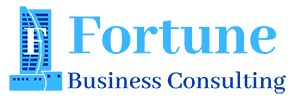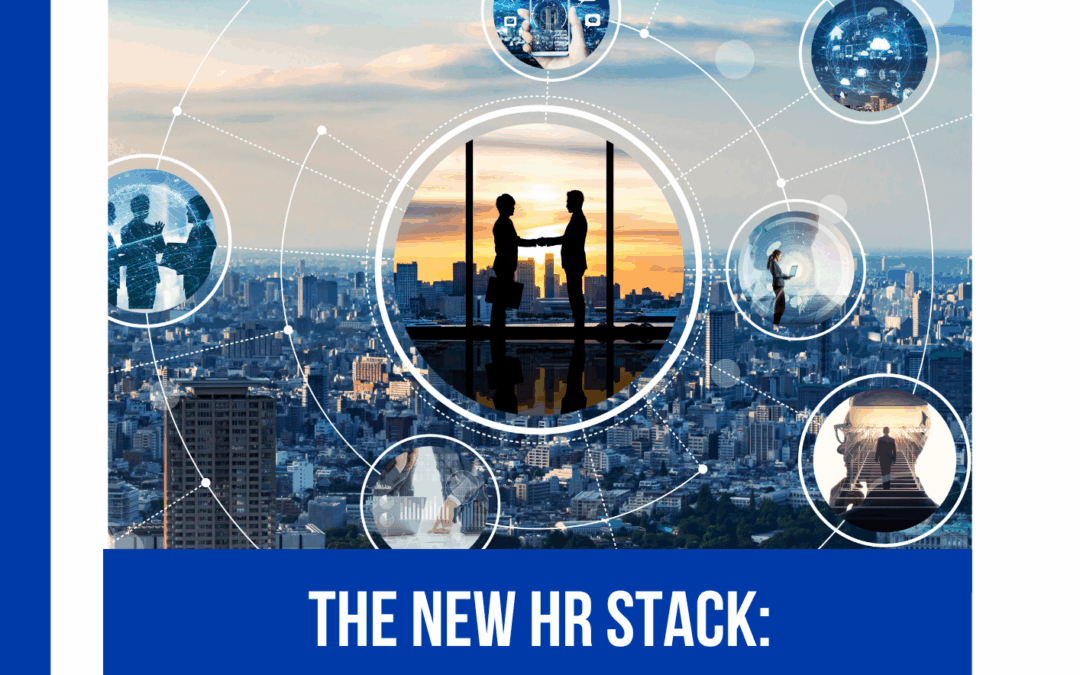The modern workplace has changed—but the average HR tech stack hasn’t caught up. Many small to mid-sized companies are still juggling separate tools for payroll, benefits, onboarding, compliance, and performance management. But for lean, growth-focused companies, there’s a smarter option emerging: Professional Employer Organizations (PEOs). While traditionally seen as outsourcing partners for payroll and compliance, PEOs have evolved into full-stack HR solutions that replace fragmented HR systems entirely. For startups and scaling businesses, the question is no longer “What tools do we need?” but “Who can handle this better than us—and faster?” This shift isn’t about cost-cutting; it’s about focus, speed, and leverage.
1. The Problem with the Traditional HR Tech Stack
In the name of efficiency, many companies now use 6–10 tools to manage the employee lifecycle. There’s an app for applicant tracking, a platform for onboarding, a separate benefits portal, a payroll processor, an HRIS, and performance software—and most of these tools don’t talk to each other. That creates friction, data gaps, security risks, and a painful burden on internal teams. Worse, each tool requires onboarding, training, and updates, distracting from core business functions. Even well-funded companies eventually find themselves drowning in overlapping subscriptions and still struggling with compliance blind spots or culture issues. The cost of this chaos isn’t just financial—it’s strategic. Time spent wrestling with tools is time not spent acquiring customers, building products, or driving growth.
2. How PEOs Offer a Simpler, Stronger HR Backbone
Today’s leading PEOs are no longer just payroll processors. They’ve become end-to-end partners—offering centralized platforms where companies can manage onboarding, benefits, employee documents, time-off tracking, compliance, employee relations, and terminations, all in one place. This eliminates the need for multiple tools and vendors. Instead of managing 6 HR logins, founders and operators now rely on a single point of contact backed by a team of experts. This model drastically reduces administrative overhead while increasing accuracy and legal protection. The best PEOs even provide dashboards and self-service portals that rival modern SaaS HR tools—but with humans behind them. It’s not just software; it’s support.
3. Cost Efficiency That Grows with You
One of the most misunderstood aspects of a PEO is cost. Many assume outsourcing HR functions must be expensive, but the opposite is often true. PEO pricing is usually bundled companies pay a flat fee or percentage of payroll in exchange for a comprehensive suite of services. That means no extra fees for additional users, no vendor sprawl, and no surprise compliance fines. Plus, because PEOs pool clients under one federal employer ID number, they’re able to negotiate large-group health insurance plans and reduce benefit costs significantly—especially critical for small teams. As the company scales, the cost model scales with it, predictably and transparently. Compared to juggling 6–10 different SaaS HR tools, PEOs often deliver better outcomes at a lower total cost of ownership.
4. Why Lean Operators Are Choosing PEOs in 2025
Lean growth is no longer just a buzzword—it’s a survival strategy. Founders and ops leaders today are under pressure to do more with less, maintain compliance across geographies, and reduce burn. That means removing distractions and delegating non-core functions to trusted partners. A good PEO allows teams to stop worrying about whether labor laws changed, if new hire paperwork was filed correctly, or if their benefits plan still meets market standards. Instead of hiring a full-time HR team or managing 10 disjointed platforms, they get a plug-and-play HR department. This isn’t a downgrade—it’s leverage. And in 2025, smart companies are realizing the real growth hack is focus.
Conclusion
PEOs are no longer just a workaround for payroll—they’ve become the modern HR stack for lean, fast-moving businesses. In a world where speed and clarity define success, the smartest companies are choosing complete support over partial solutions. Instead of patching together software tools, they’re handing over HR to a single partner that delivers compliance, cost control, and culture—all in one place. The new HR stack isn’t a stack at all. It’s a system. And that system is a PEO.
References
- Justworks Blog – Why Growing Companies Choose a PEO Over HR Software
- Gusto – PEO vs. HR Software: What’s Better for Your Business?
- Forbes – Why PEOs Are Gaining Ground Among Startups
- NAPEO – How PEOs Help Businesses Grow

